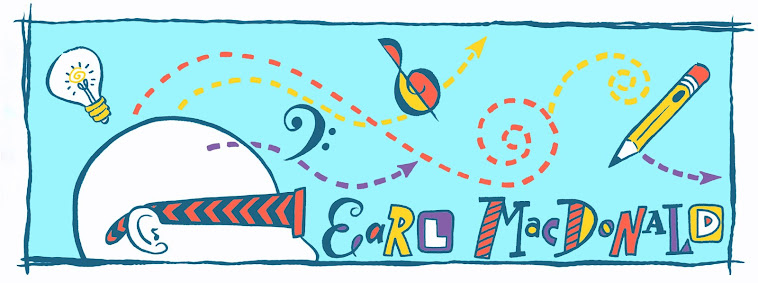"Looking Forward, Looking Back" seemed like the perfect title for New Years' Eve, the day we look ahead to the New Year, while also spending some time in reflection. This is the fifth and final post in my mini-series providing insight into my graphic, aleatoric compositions.
This piece is designed to tell a story about a crucial, life-changing decision. The problem is, the decision is being made by someone other than yourself. Two possible scenarios are:
And here is a live performance of it, featuring my band, C.O.W. (the Creative Opportunity Workshop). Note that all the trumpet parts are played by saxophone. You might enjoy following along with the score while simultaneously watching the performance.
Happy New Year!
This piece is designed to tell a story about a crucial, life-changing decision. The problem is, the decision is being made by someone other than yourself. Two possible scenarios are:
- a wedding proposal where she says, "Give me a day or two and I'll get back to you."
- a job interview
Here's the score (click on it to enlarge it to full size):
And here is a live performance of it, featuring my band, C.O.W. (the Creative Opportunity Workshop). Note that all the trumpet parts are played by saxophone. You might enjoy following along with the score while simultaneously watching the performance.









